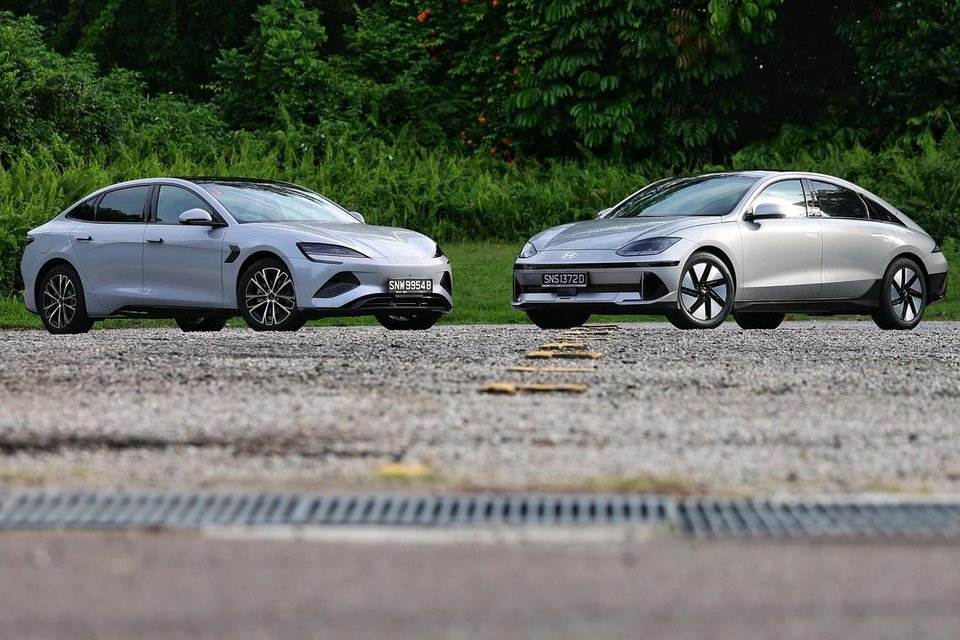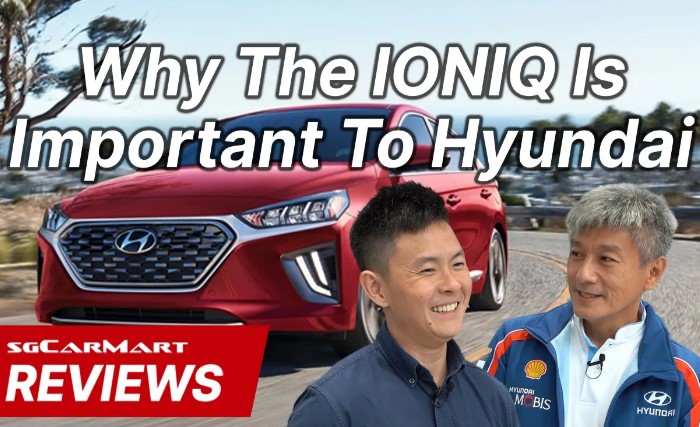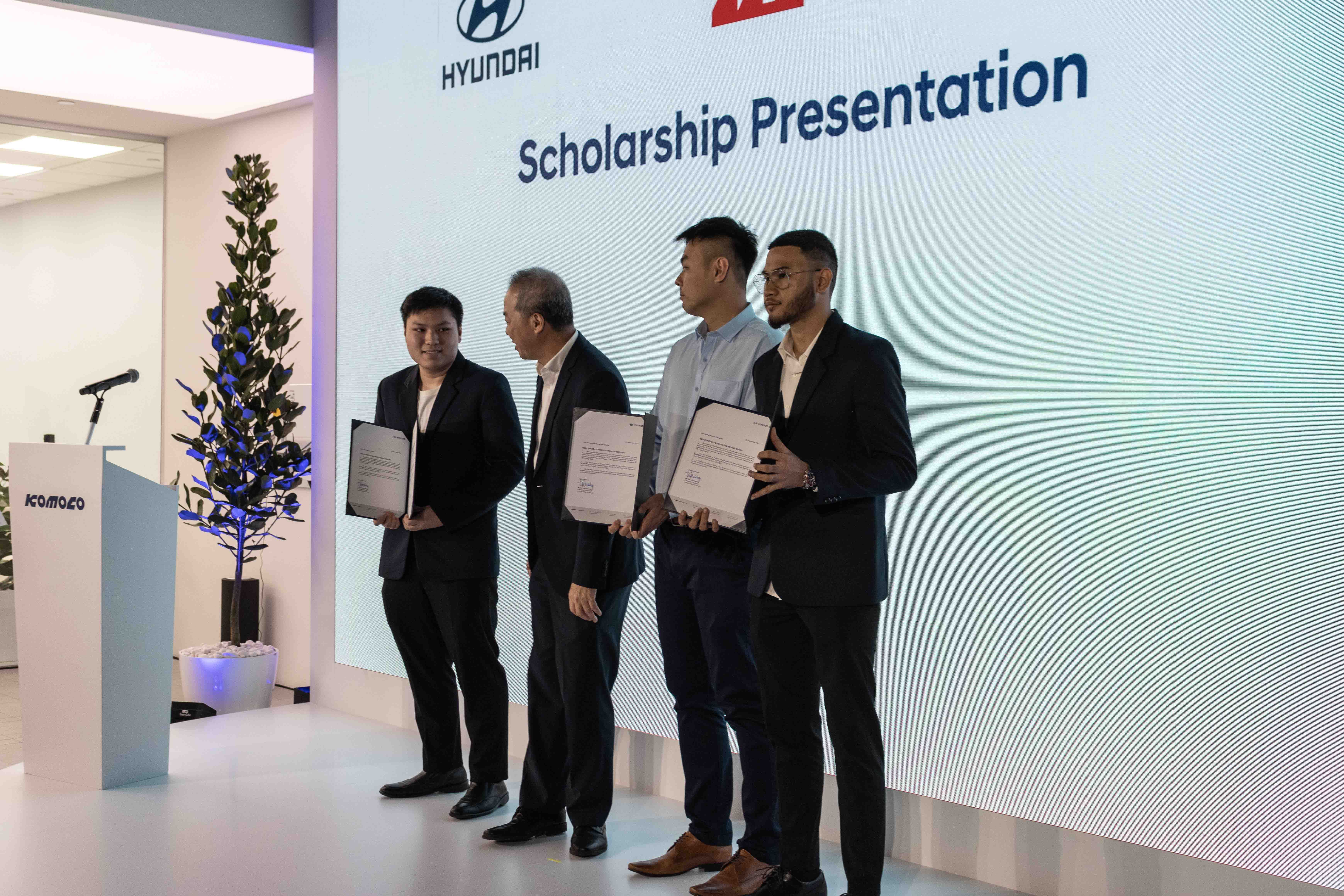If you are among the minority of motorists who still prefer sedans for their sleeker, lower-slung design and the attendant superior driving dynamics,here are two mid-sized options. Both are electric rear-wheel-drive models that qualify for the slightly less punitiveCategory A certificate of entitlement (COE).
In one corner, there is the Hyundai Ioniq 6, measuring 4,855mm long, 1,880mm wide and 1,495mm tall with a 2,950mm wheelbase. The model comes with a 401-litre boot and a 45-litre frunk. It has a 5.9m turning radius and weighs 1,833kg with a 53kWh battery.
In the other corner is the BYD Seal, measuring 4,800mm long, 1,875mm wide and 1,460mm tall with a 2,920mm wheelbase. It has a 400-litre boot and a 53-litre frunk. The car has a 5.7m turning radius and weighs 1,922kg – partly on account of its larger 61.4kWh battery.
Visually, they differ in size a lot more than the numbers suggest, with the Hyundai coming across as substantially larger.
Perhaps it has to do with the Korean’s design, which I think makes it look a tad like a compressed Volkswagen Beetle – with its bonnet, roof and boot forming a continuous convex line.
Ditto the interior. The Hyundai’s cabin is markedly roomier all round. But the BYDis by no means a tight fi t. With the front seat adjusted for my 1.68m frame, the space in the Seal’s rear seat between my knee and the back of the front seat is more than one phone-length.
Still, it is clear the Korean is more comfy. There is a lot more legroom in the rear andm ore elbow room in the front. Also, the door provides a broad elbow rest, which reinforces the perception of space.
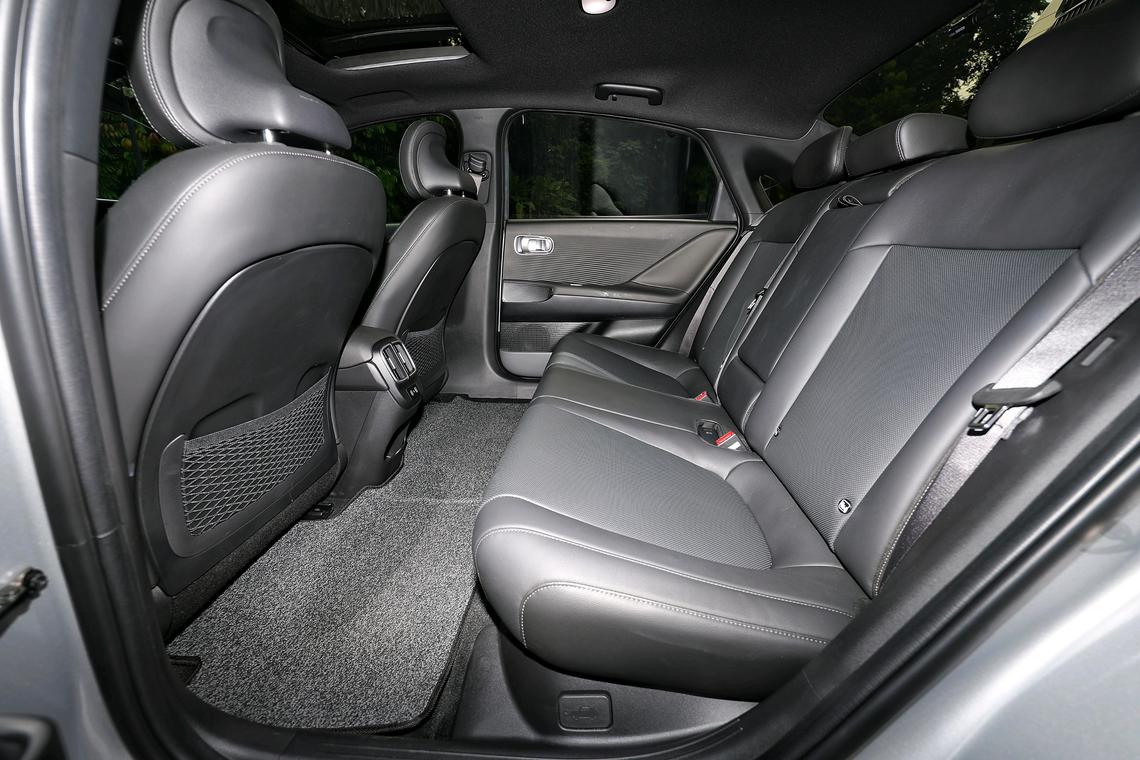
The Seal’s cockpit appears a bit dated when compared with the clean and chic dash in the Ioniq 6. But it is the Chinese which supports wireless Android Auto and AppleCarPlay. And if you like gizmos, it is also the Chinese which has a built-in inclinometer.
Both cars emit a medley of warning chimes, with active steering intervention. Both have low-speed wireless phone chargers. And both offer 360-degree cameras, while only the Hyundai has head-up display.
While both have powerful air-conditioning, BYD’s system comes with a fine particulate filter. The Hyundai’s cabin controls are lit, making it easier to operate at night.
The Hyundai’s motor makes 107kW and 350Nm of torque to take it to 100kmh in 9.4seconds and a top speed of 185kmh. The BYD’s motor generates 100kW and 310 Nm of torque to send it to 100kmh in 10 seconds and a top speed of 180kmh.

At the wheel, the Hyundai is clearly more effortless. Acceleration is brisk off the bat as well as in midstream. The Korean is also blessed with a better ride quality,although its wider turning circle makes it a tad more unwieldy on smaller roads.
Having said that, both cars are able to negotiate older, tighter carpark ramps.
The BYD has a slightly sportier handling. So, if you prize that over ride comfort, theSeal is the one to go for. But you might have to select Sport drive mode as a default,to attain a throttle response befitting your preference and the car’s handling.
Driven largely in Normal mode, the Seal averages 17.5kWh/100km, while the Ioniq 6returns 14.1kWh/100km. Both are slightly higher than what their manufacturers declare. Based on clocked consumption – excluding power used up for non-driving functions – the BYD is good for a range of 350km, while the Hyundai should cover 376km.
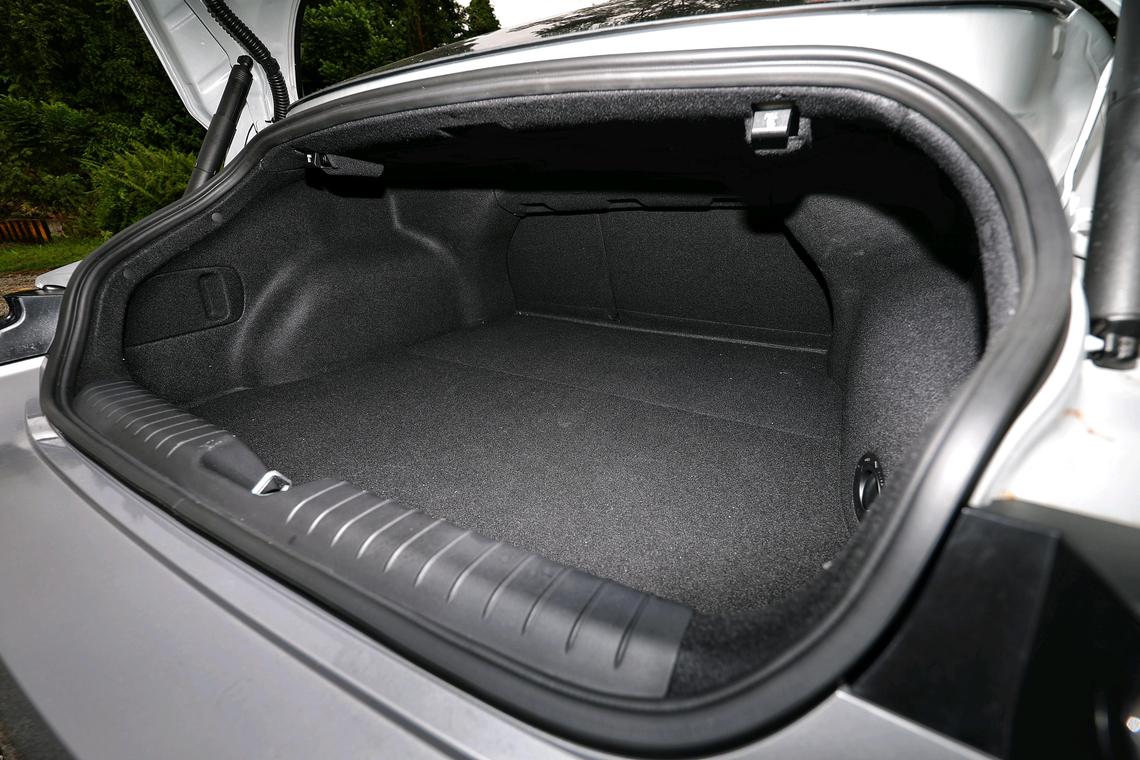
Neither, therefore, can be driven to Kuala Lumpur at a comfortable speed without a charging stop. But if you do not mind stopping along the North-South Expressway to recharge, it is the Hyundai which will afford you a shorter waiting time. It can accept DC chargers of up to 350kW, while the BYD’s maximum capacity is 110kW.
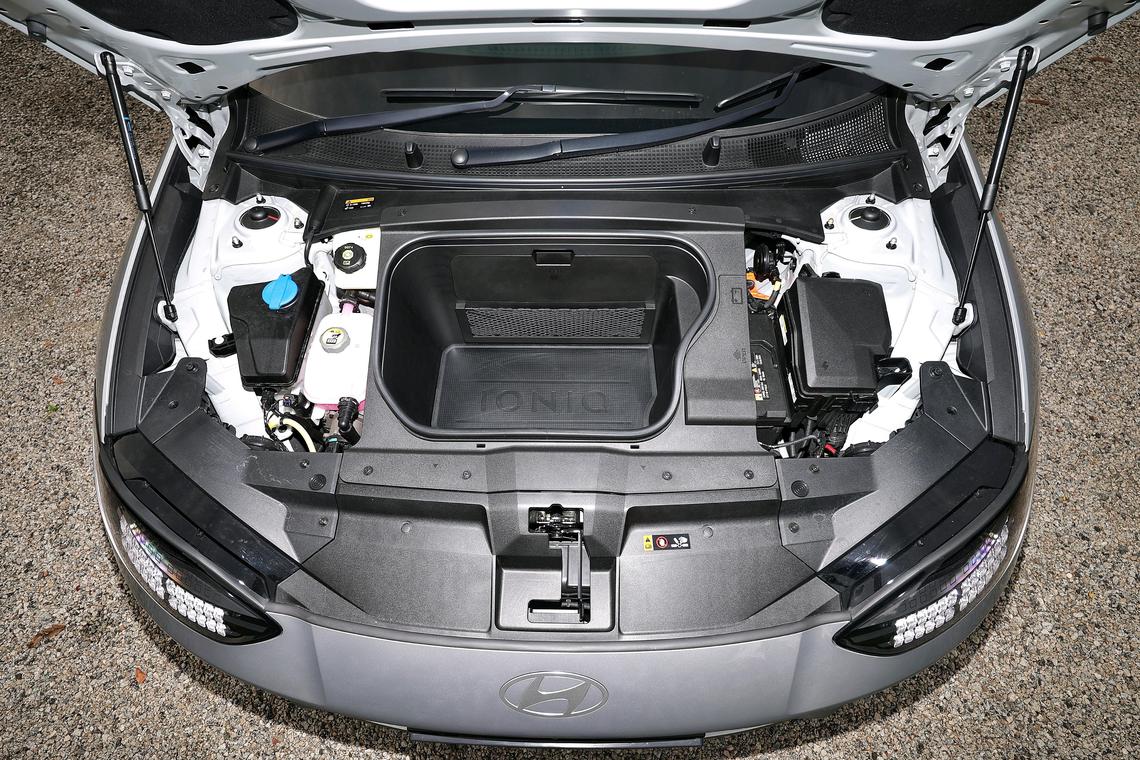
Luggage space in both cars is adequate, if luggage – for up to five – is all that you are carrying. Without that, both boots can accommodate a golf bag, a tri-fold bicycle or a bi-fold version with the handlebar detached. Both cars have a frunk, with the Seal’s slightly bigger.
Personally, I would pick the Hyundai over the BYD. It drives better, has more space, is more comfortable and has a more contemporary vibe.
The BYD is undeniably a car which offers plenty of value for money, despite having a slightly lower open-market value or cost of car before taxes. It is slightly more nimble in the handling department and offers a couple more useful amenities. But as an all-rounder, it just isn’t quite as complete as the Hyundai.
Read the full review here:
https://www.straitstimes.com/life/motoring/car-review-byd-seal-hyundai-ioniq-6-battle-for-cat-a-supremacy
